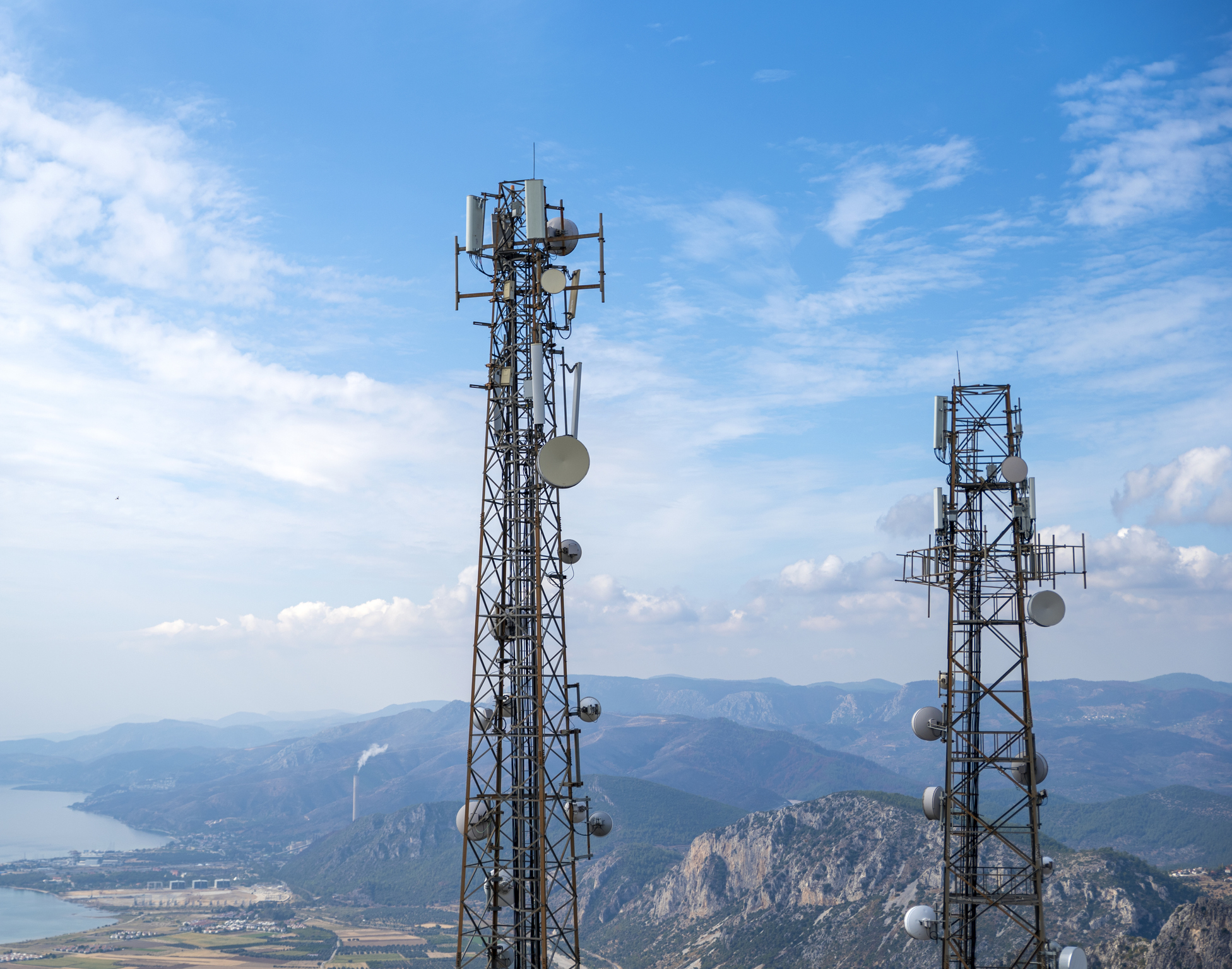Why Digital Equity?
Digital Equity is necessary for civic and cultural participation, employment, lifelong learning, and access to essential services.
Local governments across the nation are adopting digital equity strategies and transforming digital accessibility for their communities. Recently, FUSE Executive Fellows leading digital equity projects, Reyda Taylor (Travis County, Texas), Aneta Lee (Birmingham, Alabama), and Joshua Williams (Houston, Texas), discussed the components of a successful digital equity strategy in a sponsored webinar with NextCity.

The FCC has recently released its broadband map that uses a variety of sources to identify where broadband may be available.
If you want to learn more about this mapping initiative and how to use the maps, check out this post about the maps at Pew Trust.
The American Community Survey (ACS) looks at several different topics important to digital equity and access. Here are a few examples of tables that you can start with, but there are many more. You can download this data at different geographic levels (e.g. state, county, census tract).
- Table S2801 Types of Computers and Internet Subscriptions
- Table S2802 Types of Internet Subscriptions by Selected Characteristics
Several free tools incorporate other data sources, including the ACS data, into their insights. Check these out:
Check out national resources on data and resources related to digital equity and broadband!
Pew Research Center has produced multiple national research projects on broadband and digital equity:
Working with the people you serve to conduct data analysis, collection, or interpretation is important. Here are a few resources to learn more about participatory and collaborative research and evaluation approaches:
- Participatory Evaluation
- (NYU) Participatory Action Research
- (GOV) Participatory Action Research
- Better Evaluation

National Digital Inclusion Alliance
- Digital Inclusion
- EveryoneOn
- Next Century Cities
- Centri Tech Foundation
- Institute for Local Self-Reliance
- Benton Institute for Broadband & Society (White paper and articles)
- National Skills Coalition
NTIA Sponsored Websites
- Internet for All
- Broadband USA
- Broadband Breakfast (Podcast and more)
Digital Equity Coalitions
- Center for Digital Equity – Charlotte, NC
- Connect 313 – Detroit, MI
- Tech Goes Home Tennessee – Chattanooga
- Baltimore Digital Equity Coalition
- City of Long Beach, CA Digital Inclusion Initiative
- Digital Equity Coalition, Santa Clara, CA
- WNY (Western New York) Digital Equity Coalition
- Franklin County, Ohio Digital Equity Coalition
- Denver Digital Equity Coalition
- Digital Inclusion Network, Portland, Oregon

SMARTIE Goal: Develop a digital equity goal that is Specific, Measurable, Attainable, Relevant, Time Bound, Inclusive, and Equitable.
- StriveTogether – a roadmap for developing a SMARTIE Goal
Data & Mapping:
Collect home internet access data and create, or access, an interactive map that highlights needs for connectivity, opportunities for connectivity, and assets/infrastructure available for connectivity.
Determine systems needed to maintain the most up-to-date data; systems needed to publish data and mapping regularly for public awareness, and maintain/build partnerships to continue learning best practices for collecting data and mapping.
- Connected Nation – e.g. Texas Broadband Map
- National Telecommunications and Information Administration (NTIA). – indicators of Broadband Need Map
- Ready.Net (a subsidiary of Broadband.Money)
- Community Broadband Kit (Speed tests, Needs Assessment Survey, and more)
- Broadband Audit (Map and data used to verify FCC/State maps and data)
- FCC Broadband Map – revised broadband maps from the FCC
Affordable Internet:
Explore free and/or low-cost, and decide which internet options are best for your underserved/unserved communities.
Establish relationships with current free/low-cost internet providers, and identify additional providers/resources.
- Information Technology Disaster Recovery Center (ITDRC) – for informational purposes only as ITDRC has sunset this initiative
- Kajeet – low-cost connectivity devices and digital inclusion grants
- City’s Digital Equity Services RFI – designed to build public/private partnerships that will provide free/low-cost internet to 3 target areas before expanding citywide.
- Comcast Lift Zone free wifi installs for community centers
Digital Inclusion Coalitions:
Partner with public and private partners to build an open-access collaboration that will establish strategic partnerships.
Search for global coalitions to join.
- NTIA’s Digital Equity Leaders Network – a coalition of government entities working to close digital divides
- Opportunity Broadband Alliance – an alliance of nonprofit, academic, philanthropic, public-interest, and corporate partners committed to helping communities access affordable broadband access to build more inclusive and dynamic economies.
- National Digital Inclusion Alliance – connects organizations from across the country engaged with technology and broadband development issues.
- National Broadband Coalition – coalition dedicated to openness, transparency, and verifiability in broadband coverage data.
Funding:
Identify existing and/or potential public-private partnerships that would fund connectivity initiatives.
Build relationships with grant providers and donors.
Establish your own Digital Inclusion Fund.
- The Bipartisan Infrastructure Law – Internet for all grant programs
- Institute of Museum and Libraries Services broadband grant – grant programs available for libraries and community anchor institutions
- Connect Humanity – digital equity fund that funds community-led broadband solutions
- Connectivity Capital – provides investment management and advisory services to partners that provide affordable broadband connectivity



